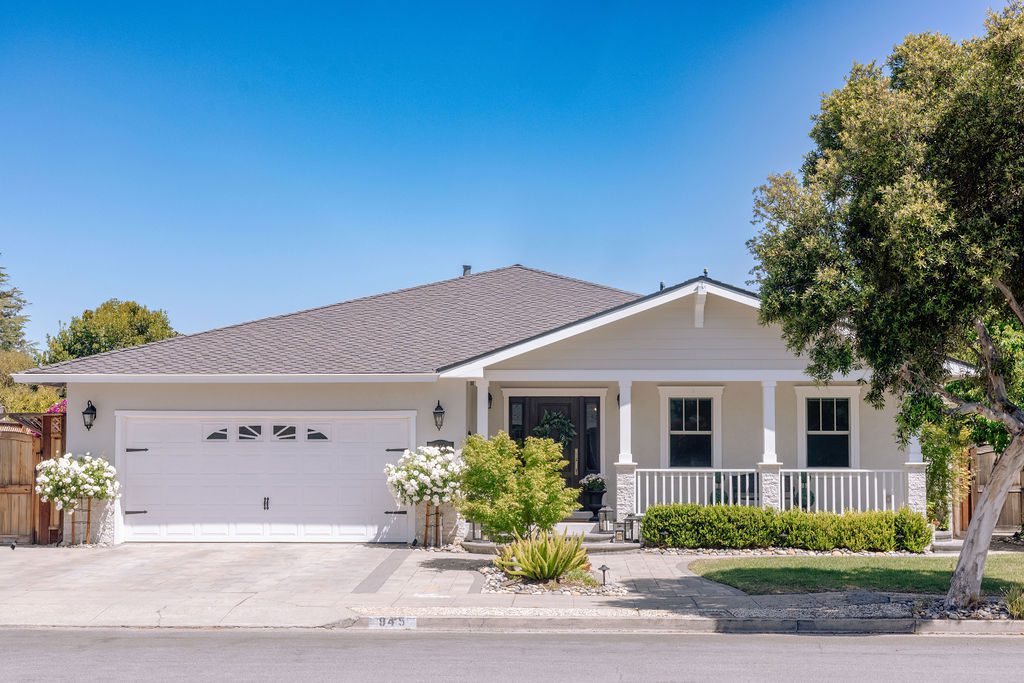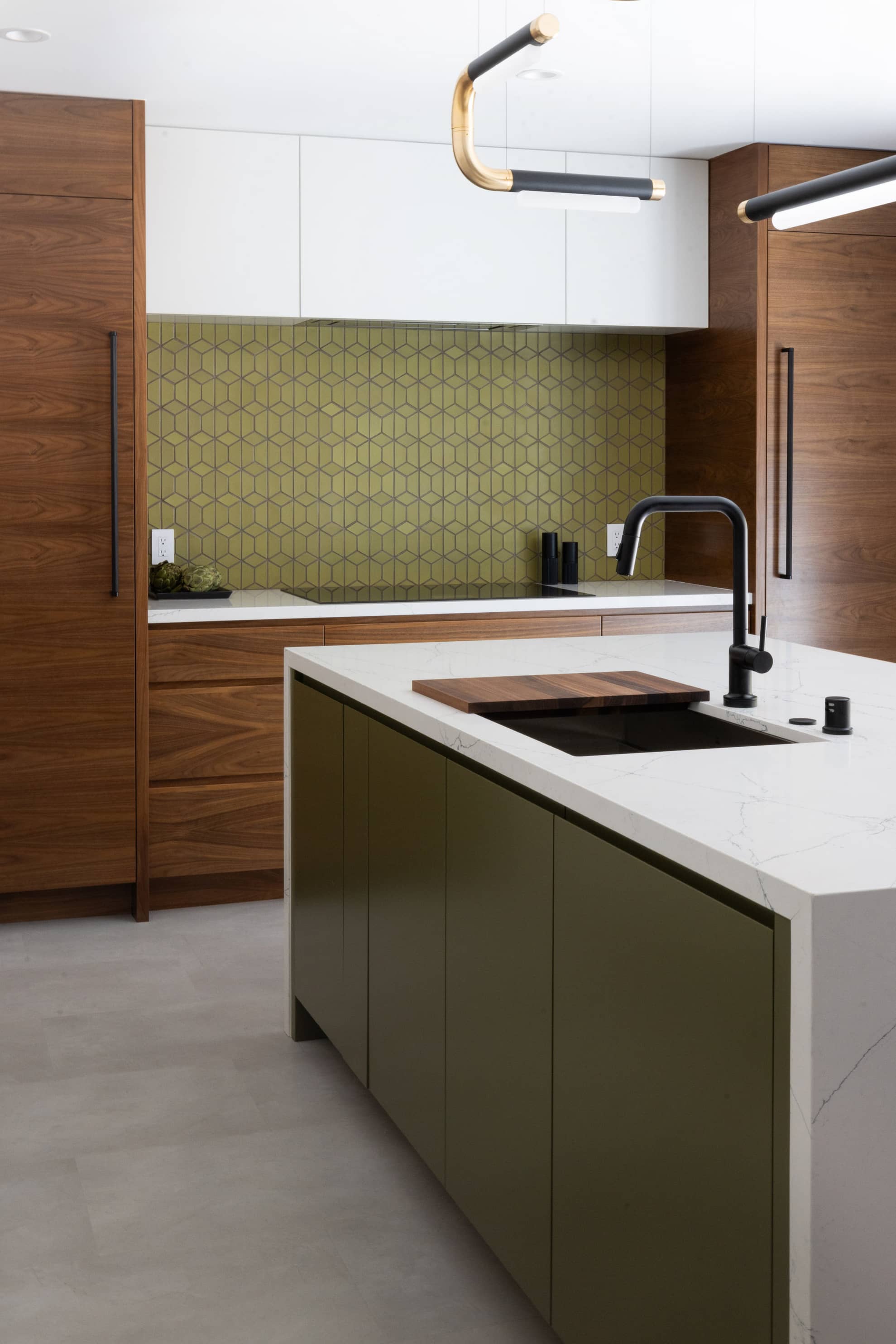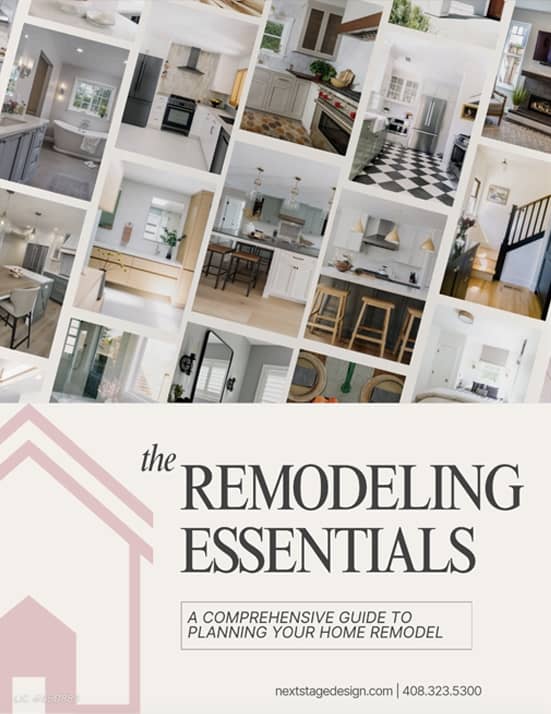Taking on a whole-house remodel is both exciting and overwhelming. With so many moving parts—from setting priorities and budgets to choosing the right team—it’s easy to feel unsure about where to start. This checklist breaks the process into clear, manageable steps so you can approach your remodel with confidence, clarity, and a plan.
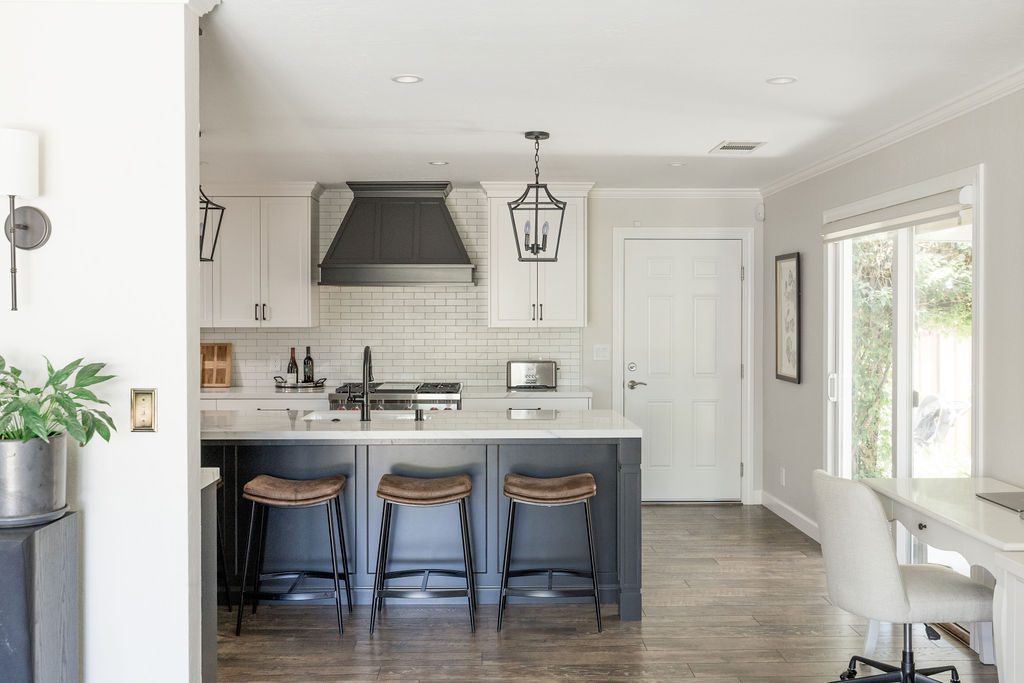
1. Initial Planning & Priorities
- What do I want to achieve with this remodel?
Define your big-picture goals—are you updating for resale, modernizing for comfort, or adapting the home for family needs?
- Should I remodel everything at once or in phases?
Consider your budget, timeline, and tolerance for disruption to decide whether to tackle the whole project or break it into stages.
- Which areas of the home are “must-haves” vs. “nice-to-haves”?
Make a priority list so essential updates (like kitchens, baths, or safety fixes) don’t get overshadowed by purely aesthetic projects.
See This Whole House Remodel In Progress
2. Budget & Financing
- How much can I realistically spend on this remodel?
Set a clear budget, and remember to include a 10–20% contingency for surprises.
Explore home equity loans, renovation loans, or personal savings to see what makes sense for your situation.
- Am I aware of hidden costs?
Factor in expenses like permits, design fees, and temporary housing if you’ll need to move out during construction.
3. Timeline & Phasing
- How long will my remodel take?
Whole-house projects often run several months to over a year—ask your contractor for a realistic timeline.
- Can I live in the home during the remodel?
Decide whether you can tolerate construction dust and disruption or need to arrange temporary housing.
- Should I remodel room by room or all at once?
Phasing may spread out costs but can extend disruption; weigh convenience against efficiency.
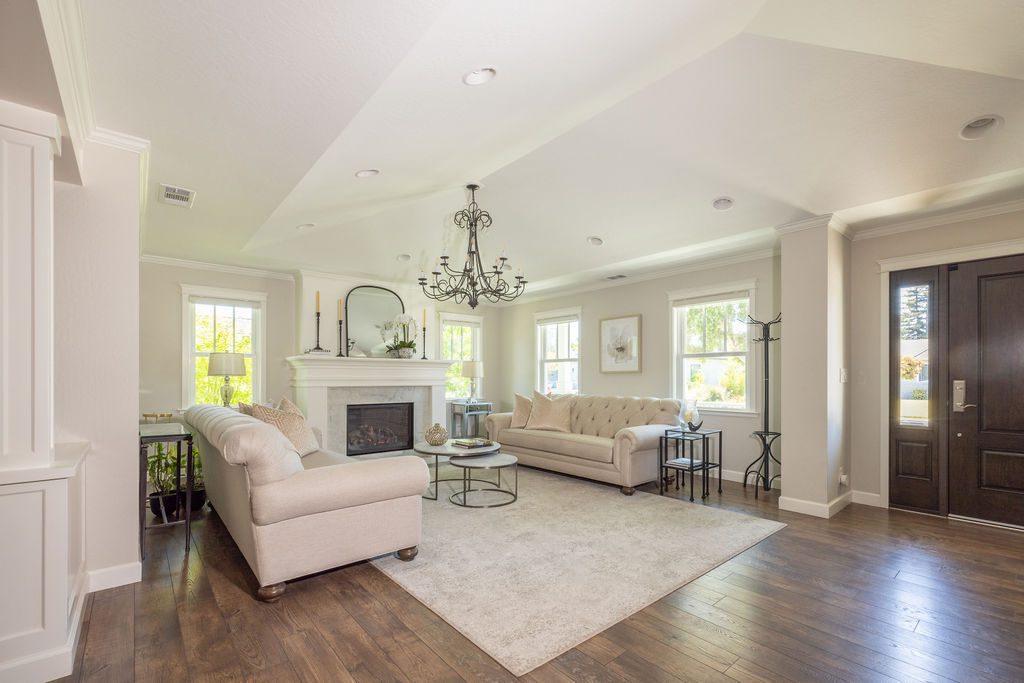
4. Choosing the Right Team
- Do I need a design-build firm, an architect, or just a contractor?
The scope of your project will determine whether you need both design and construction expertise.
- How do I vet potential remodelers?
Check licenses, insurance, portfolios, and reviews—and always ask for references from past clients.
- What are the red flags?
Be wary of vague contracts, unusually low bids, or pressure to make quick decisions.
5. Design & Vision
- What’s my home’s architectural style, and how do I honor it?
Decide if you want to lean into the home’s character or modernize it for a new look.
- What’s my personal style?
Gather inspiration from magazines, Pinterest, or showrooms to help define your vision.
- How can I create flow across rooms?
A whole-house remodel is the chance to unify finishes, colors, and layouts for a cohesive feel.
6. Structural & Practical Concerns
- Do I need inspections before I start?
A structural check of foundation, plumbing, and electrical systems can prevent costly surprises later.
- Am I updating outdated systems?
Remodeling is the ideal time to bring plumbing, wiring, HVAC, or insulation up to today’s standards.
- What permits will I need?
Every city has rules—make sure your contractor handles permitting and code compliance.
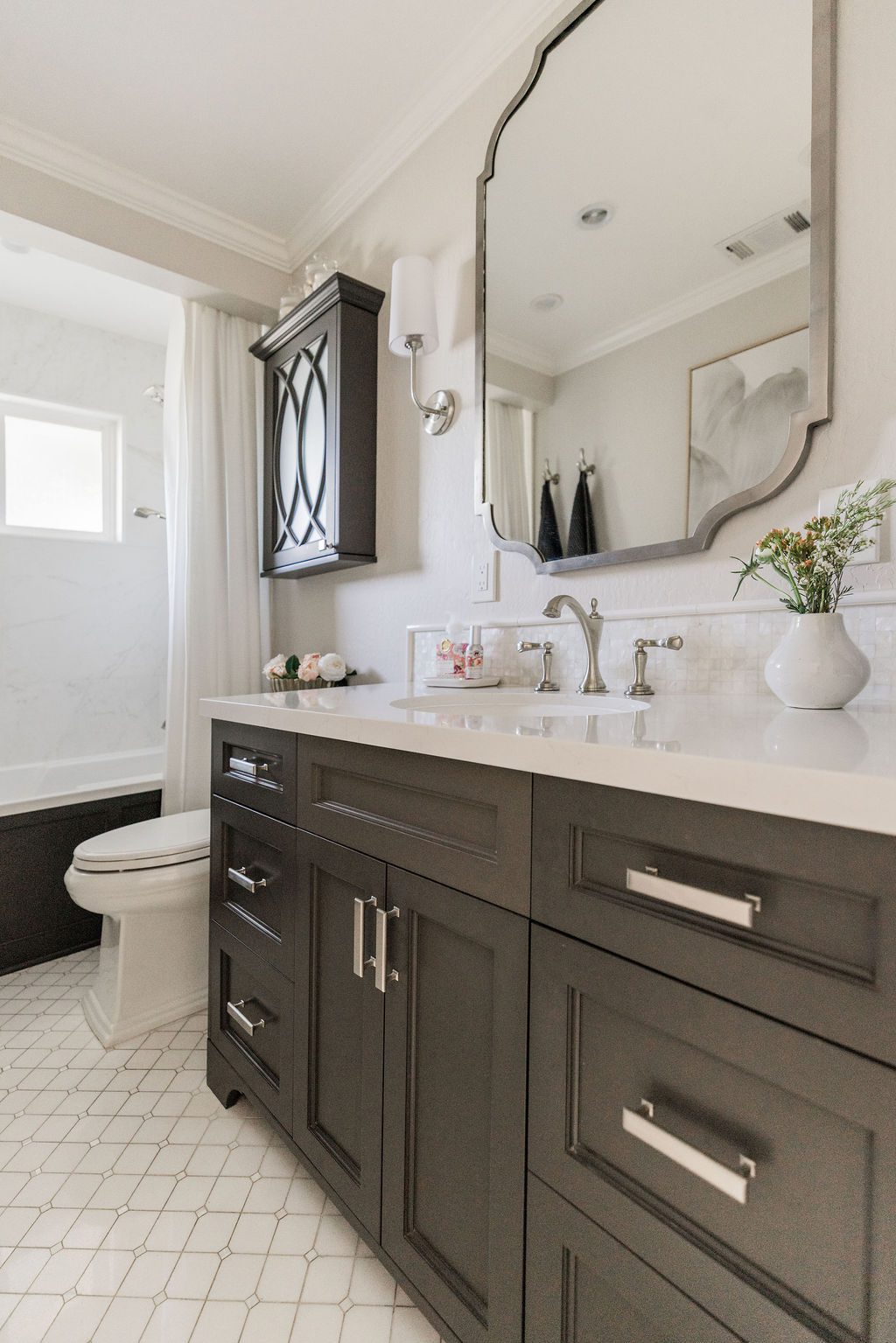
7. Room-by-Room Considerations
- What spaces will add the most value?
Kitchens and bathrooms are the top ROI drivers, but don’t overlook living areas, bedrooms, or outdoor connections.
- Are there underused spaces I can transform?
Basements, attics, and garages often hold untapped potential for offices, guest suites, or playrooms.
- Do I want open concept or more defined rooms?
Think about how you live day to day—big open spaces work for entertaining, but separate rooms can add privacy and quiet.
8. Emotional & Lifestyle Factors
- Am I prepared for the disruption?
Remodeling is exciting but stressful—plan for noise, dust, and decisions on the fly.
- Will my family (and pets) cope with the process?
Consider temporary accommodations if construction will be intense.
Compare the investment against your long-term goals to ensure you’re making the best choice.
9. Long-Term Value & ROI
- Which updates will add the most resale value?
Kitchens, baths, and energy efficiency upgrades often pay off most when it’s time to sell.
- Am I remodeling for my lifestyle or for resale?
It’s okay to personalize, but keep in mind how your choices affect future buyers.
- How can I future-proof my home?
Consider accessibility, energy efficiency, and flexible spaces to make your remodel last for decades.
A successful whole-house remodel isn’t just about upgrading finishes—it’s about creating a home that truly works for you today and in the future. By planning carefully, setting realistic expectations, and working with the right professionals, you’ll be better prepared for the journey ahead. With the right approach, the end result will be more than a renovated house—it will be a home that reflects your vision and supports your lifestyle.
